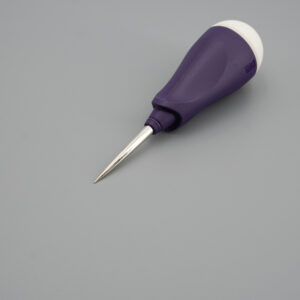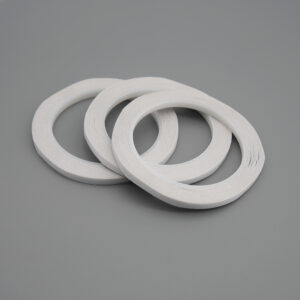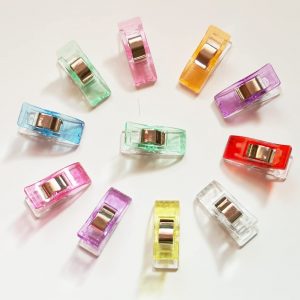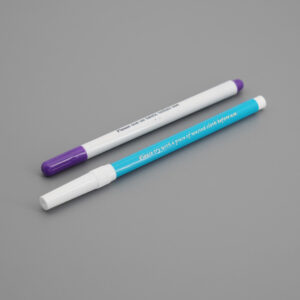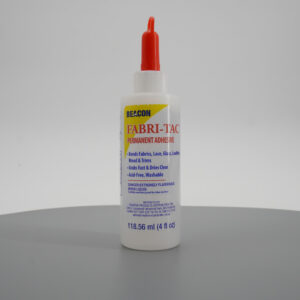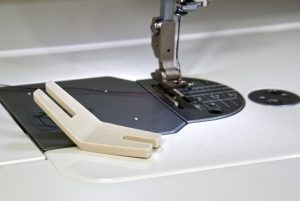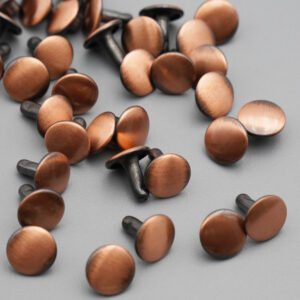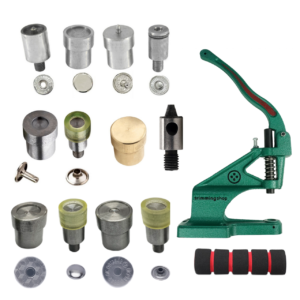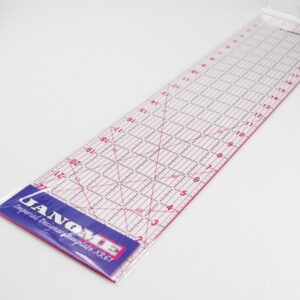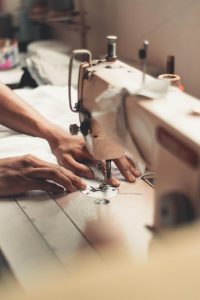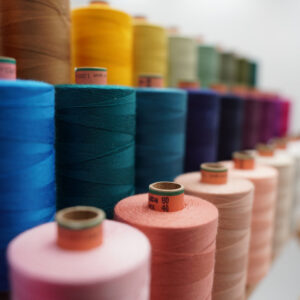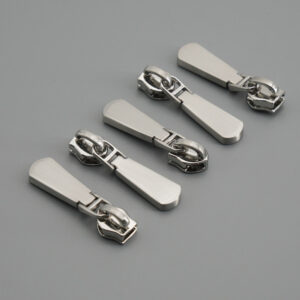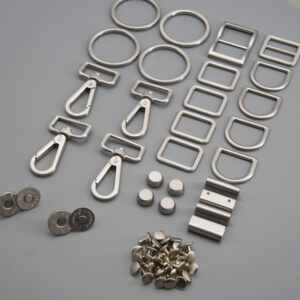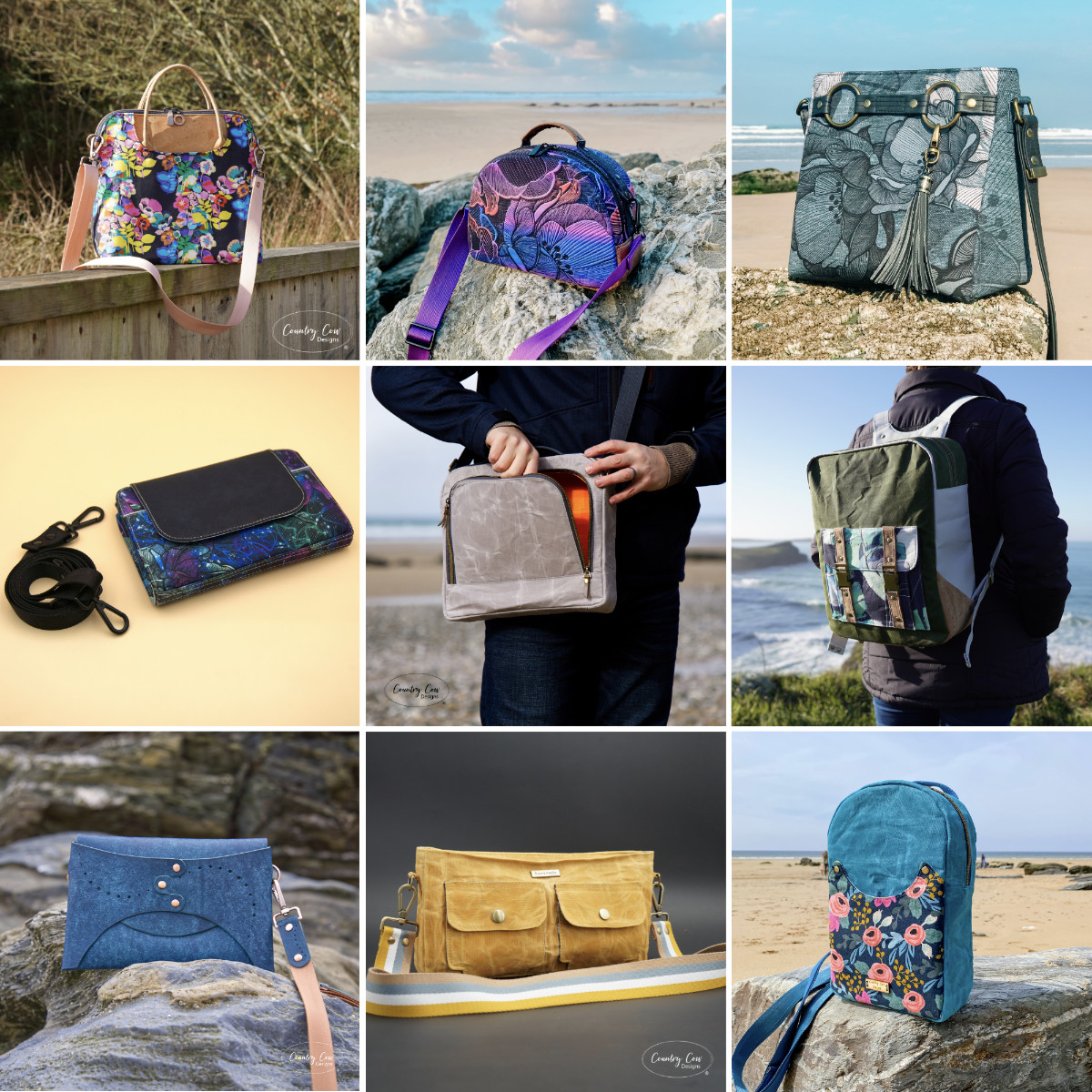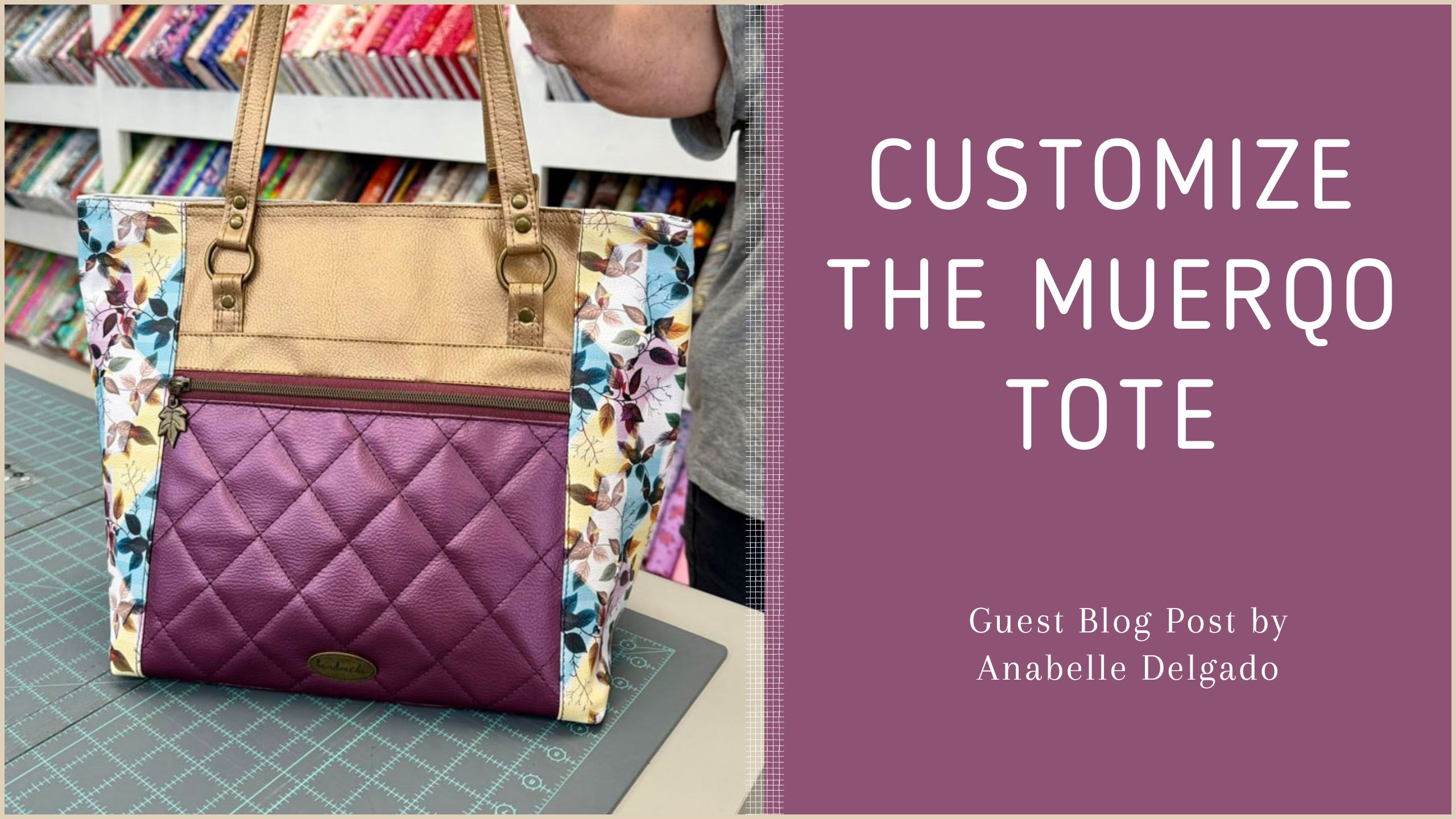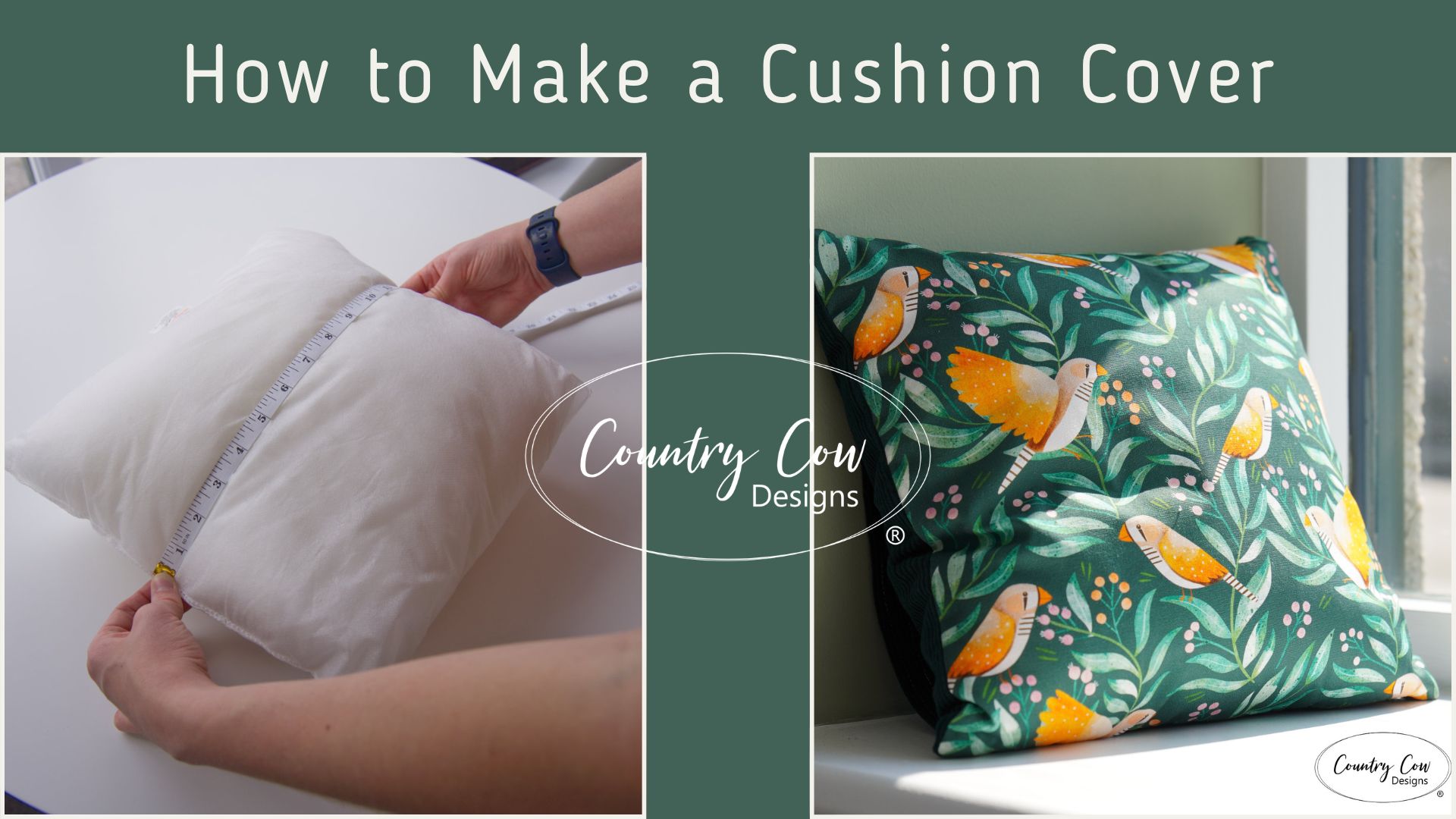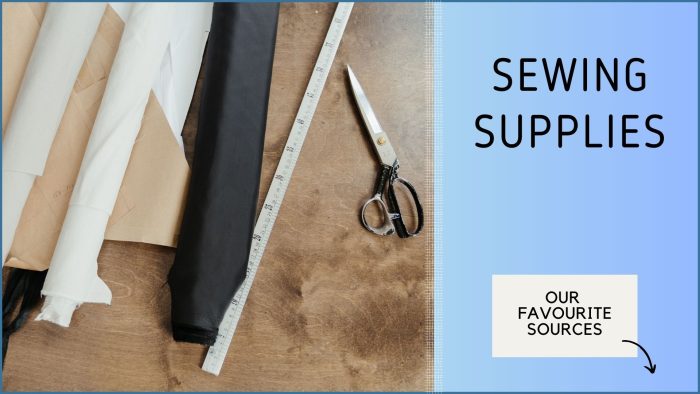
I often get asked where I source my sewing supplies from. I try to list them in each video tutorial, but I’ve compiled a list below of the most common small tools and supplies I use for bag making.
Some of these links might not be appropriate for your location but hopefully it will inspire you to try some new tools and search for them in your local area.
All the products listed are items I use regularly for making bags, and ones I’d recommend if you’re looking for new tools and supplies.
Some of the links are affiliate links but all the products listed are items I use regularly for making bags and ones I’d recommend if you’re looking for new tools and supplies.
What tools do you need to make bags?
Don’t forget your most important tool, a good sewing pattern. And here are the most common other tools needed for bag making:
Awl
(to guide fabric when sewing curves)
Double sided tape
This stuff is pretty good at not gunking up your needle but I’d still recommend cleaning your needle with an alcohol wipe after use
Wonderclips
These clips are great for holding your pattern pieces in place while sewing. Unlike pins, they’re suitable for use with all fabrics including faux leather and waxed canvas which are popular fabrics for bag making.
Water Erasable Fabric Pen
Making bags is a lot easier when you can mark your fabric, particularly when you’re trying to place fabrics or magnetic snaps. These pens are suitable for most fabrics and easily wash off with a quite wipe when you’re finished. Always try them on an offcut of fabric before you start, just to make sure they erase easily from the fabric you’re using.
Fabri-Tac Beacon glue
This transparent and fast drying fabric glue is great for holding your pieces in place while you sew. I find it particularly helpful when making bag straps. It’s washable, acid-free, prevents fraying and bonds fabrics.
Hump jumper
Also known as a bulky seam aid, this is my favourite tool of all. It’s easy to use and helps keep your presser foot flat while sewing over bulky seams, preventing skipped stitches and ensuring your stitches stay the same length, giving a neater finish.
Rivet hole punch
I purchase my hole punch from my local hardware shop, but this one on Amazon is similar.
We stock double cap rivets in the shop.
Rivet placement template
I love my rivet placement tool. It helps you place rivets ensuring they’re equal distances apart and look really neat. You can grab one from Kallosphere here in the UK.
Hand press and rivet dies
I originally had a cheap hand press from wish dot com. However, it was really lightweight and not easy to use. In 2024 The Trimming Shop provided us with one of their green hand presses so we could keep it in the shop for customer demonstrations. This hand press is worlds apart from our old one and is so easy to use. The “dies” are interchangeable so you can use the press for punching holes, setting rivets, setting s-snaps, and more. I definitely recommend it.
Turning tool
This simple tool is not to be underestimated. When you want to get a really neat finish after turning a bag out, this tool can be invaluable. It allows you to push the corners out all the way. Of course, you could use a chop stick if you prefer: https://amzn.to/35hy3vF
Quilting ruler
A good quilting ruler is essential for cutting out your pattern pieces accurately. I have a variety of sizes in my sewing room, but this 6″ x 24″ ruler is my favourite.
Quilting hand gripper
This tool makes it even easier to cut your pattern pieces. It grips onto any quilting ruler, and allows you to have better control of the ruler: https://www.gypsyquilter.com/category/notions/TGQ002 or available from http://sewhot.co.uk
Threads
Good thread is important for bag making. You want those seams to be strong, and the topstitching to stand out. Saba Tex 40 thread is slightly stronger and thicker than the standard polyester thread that’s usually used in domestic sewing machines, but it still works well in the bobbin as well as on top.
Don’t forget, you’ll also need high quality hardware and zips to compliment your handmade bag and make it stand out from the crowd.
